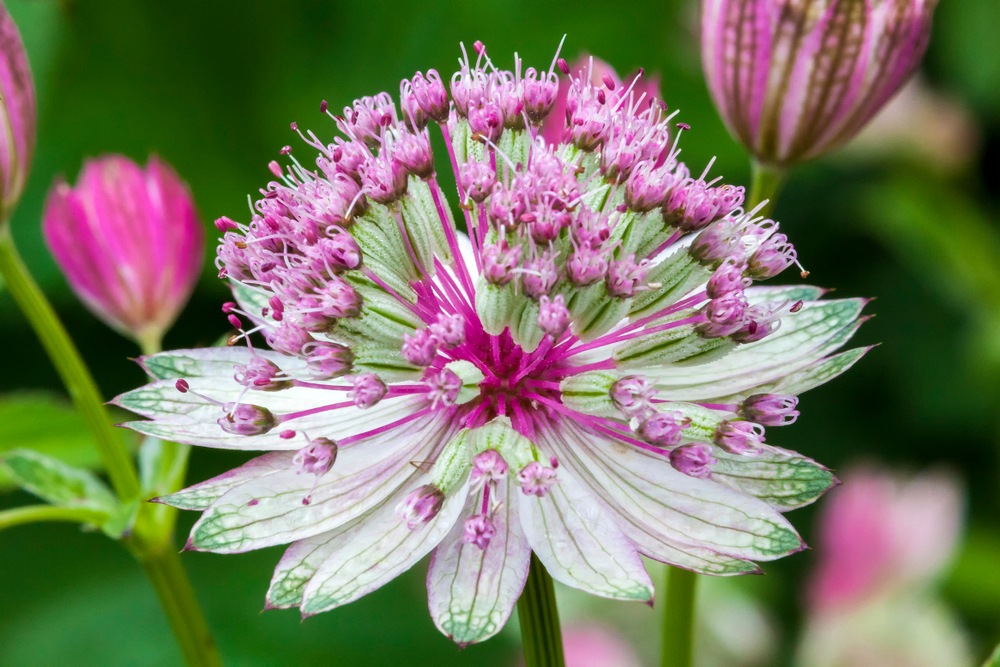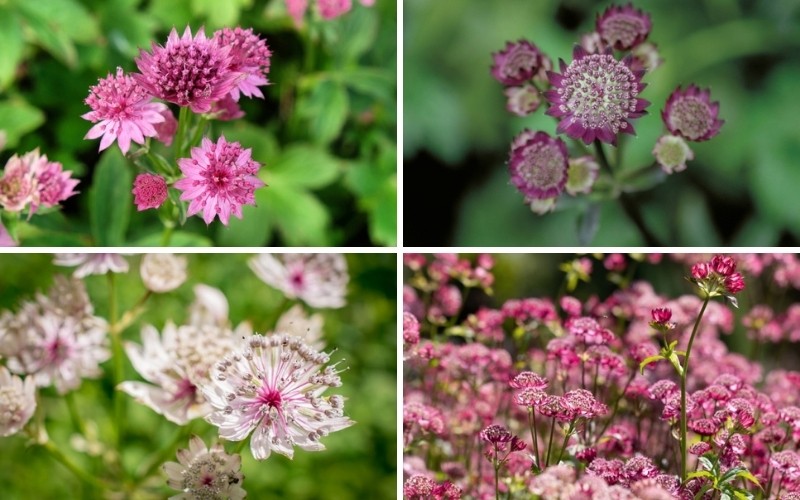
Astrantia (common name Hattie’s pincushion or masterwort) is native to woodlands and along streams in Europe but is right at home in gardens throughout the United States.
This perennial flower thrives in USDA plant hardiness zones 4 – 9, growing to a height of 12 to 30 inches depending on the variety and growing conditions. It prefers partial or dappled shade and moist, humus-rich soil. When left to its own devices Astrantia naturalizes well as it is also a prolific self-seeder. The bright flowers bloom from early summer until fall, adding color to shaded areas of your yard. It attracts butterflies and other flying insects adding movement and flashes of color throughout the summer. Plant Astrantia under trees or in meadow gardens where the soil remains moist.
With a wide variety of Astrantia flowers to choose from, there is sure to be one just right for your landscape. Try planting several varieties together to add depth and texture to your landscape. Remember, light-colored flowers brighten up shaded areas creating the illusion of space, while dark-colored flowers can make the area look smaller.
Whichever varieties you choose, don’t forget to plant them in a shady or partially shady area in humus-rich soil that stays moist in the summer. Astrantia does not do well in sandy or dry soil, but thrives in evenly-moist soil. Water them deeply once or twice a week or whenever the soil is dry 1 inch below the surface.
Astrantia Sunningdale Variegated
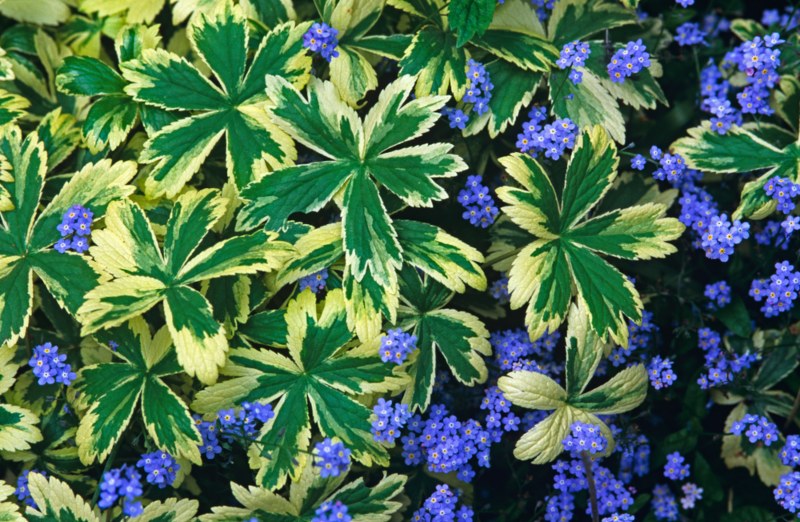
Stunning variegated foliage in shades of green with splashes of ivory sets this variety apart, but it’s not just the color of the foliage that gives Sunningdale Variegated its name. The delicate cream-colored petals are highlighted with ruby and lavender centers creating subtle colors that sway in the breeze. Plant these flowers where they will catch the morning light for a dreamy start to the day.
Astrantia Star of Fire
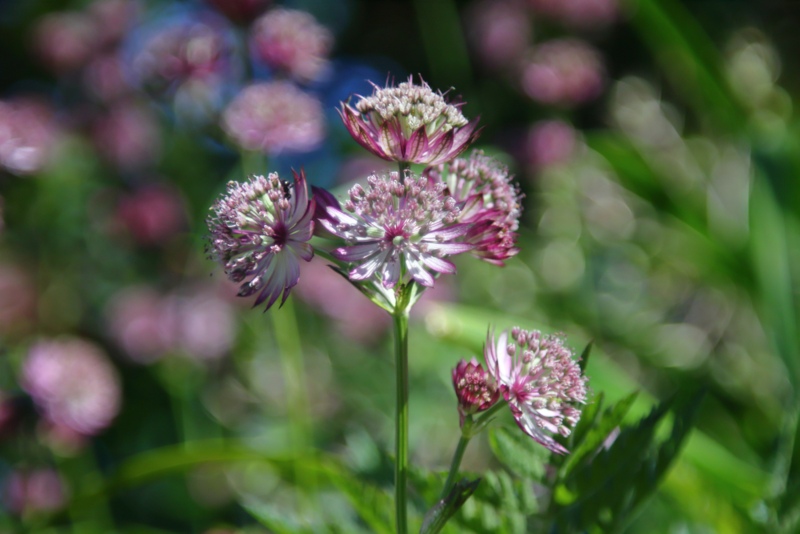
For a showy display of bright color, Star of Fire can’t be beaten. These burgundy-red blooms have a creamy center framed by deep red bracts giving it the illusion of fiery flames. Foliage is dark green with wiry stems that grows to 24 to 30 inches with a spread of 18 to 24 inches. Plant Star of Fire in locations that catch the rays of the setting sun for an intense display of color at the end of the day.
Astrantia Star of Billions
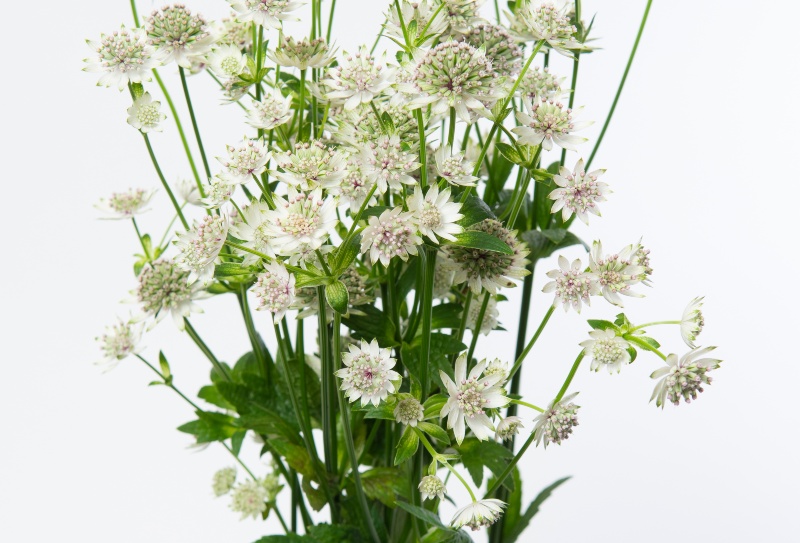
This showy variety produces masses of tiny white flowers tinged with delicate pinks held above a rosette of deeply-cut green foliage. It grows 18 to 24 inches tall and spreads to a similar size. This Astrantia variety is sure to be a showstopper under trees or along shaded walkways. Consider adding Star of Billions to shaded seating areas or in shaded nooks in the yard.
Astrantia Roma
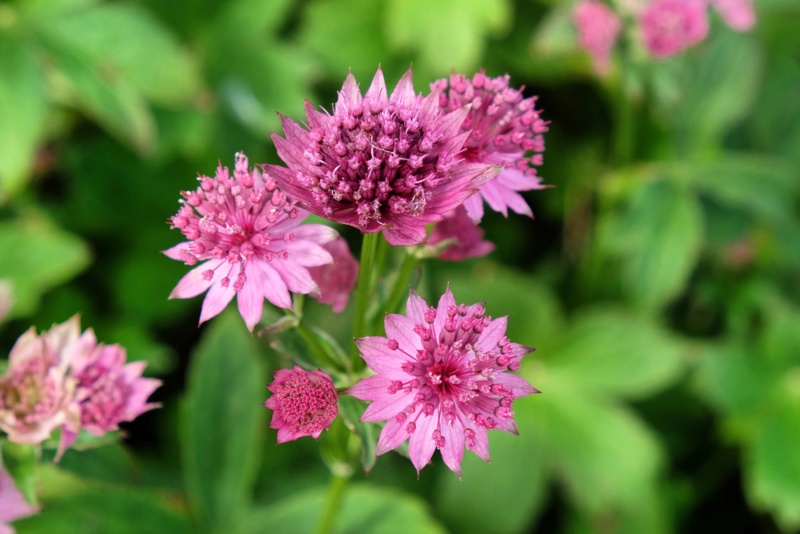
This variety is a slightly smaller plant with a height of 18 to 24 inches, but it’s spread is only 12 to 18 inches. But don’t let the smaller size deter you, Roma produces a mass of striking pink blooms atop a rosette of green foliage. To keep this flower blooming all summer, deadhead it regularly, and don’t be afraid to snip a bouquet for the house, as this encourages more abundant blooming.
Astrantia Star of Royals
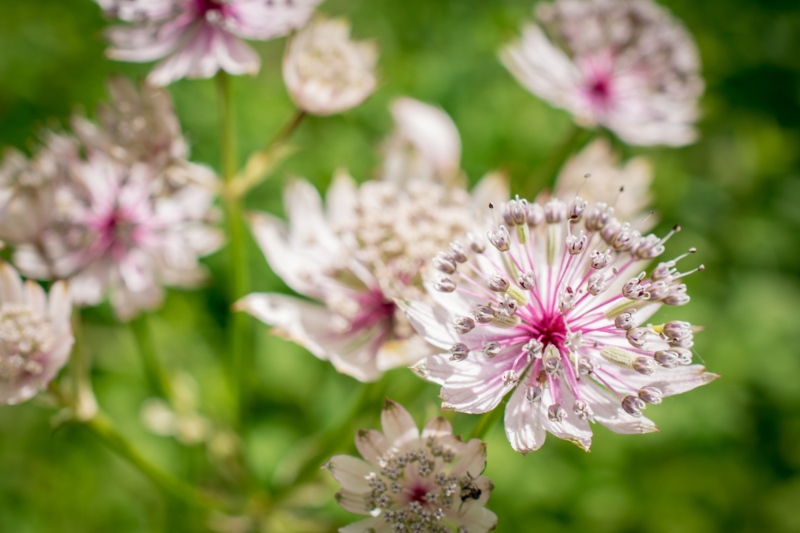
This creamy white Astrantia is tinged with delicate pinks creating the appearance of heavenly clouds amidst the green foliage. This flower blooms heavily on well-branched compact plants. Butterflies flock to Star of Royals bringing the area alive with color and movement. Tuck Star of Royals into shady locations like shaded walkways or seating areas to enjoy both the beauty of the flower and the buzz of flying insects.
Astrantia Venice
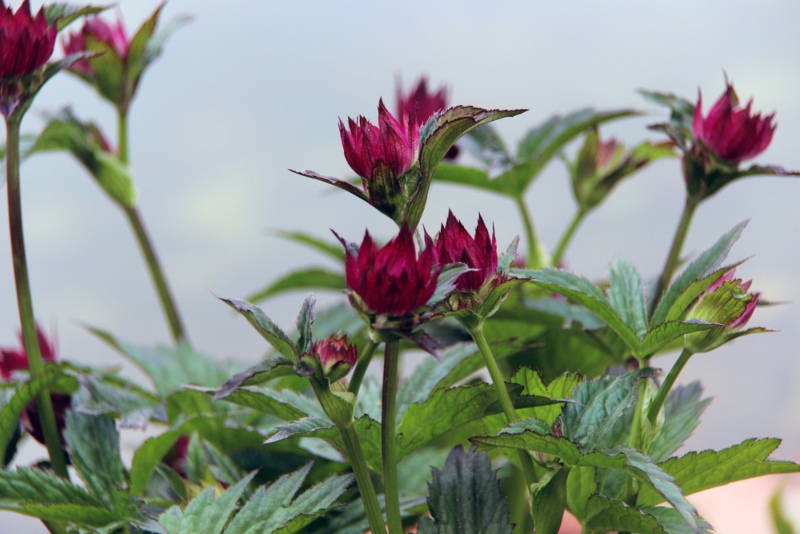
For brighter color in the shade garden, try Astrantia Venice. It’s deep red blooms and purplish bracts make this variety a big winner in the shade garden. Try pairing Venice with Star of Royals or Star of Fire to create a showstopping display along the edge of lawns, under trees, or along a fence in a shady location.
Astrantia Abbey Road
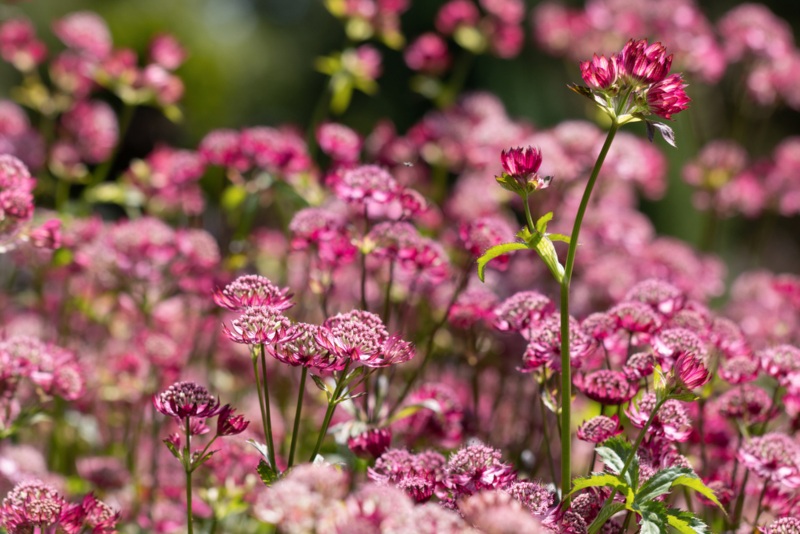
Abbey Road is another red variety but this one is closer to wine with striking nearly-black stems. Abbey Rose also features a mound of florets that forms a dome in the center of the bloom creating more depth to the blooms. Try pairing Abbey Road with light-colored flowers to set off its distinct color and form or plant enmass for rich color in the garden.
Astrantia Moulin Rogue
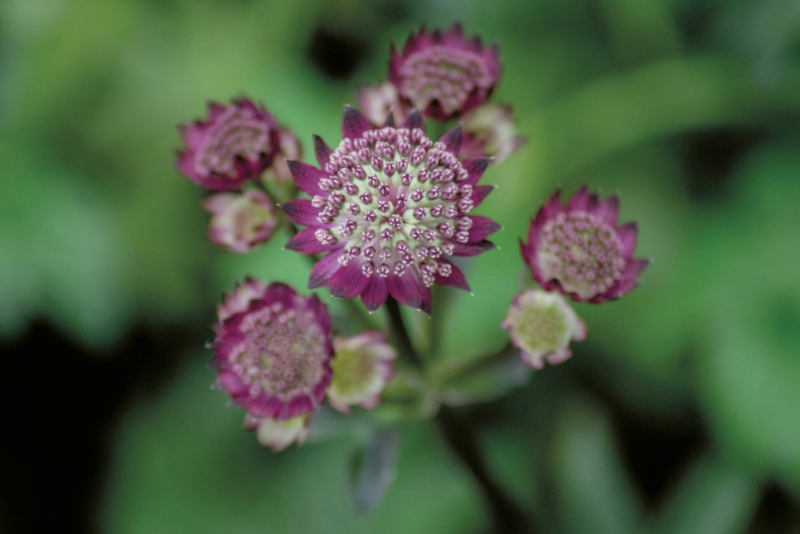
This variety produces ruby-red flowers with a tinge of purple along the edges. It attracts both butterflies and honey bees to the garden but is notable for attracting the Monarch butterfly. This dazzling flower will keep your flowerbed alive all summer and will help the environment, too. Plant Moulin Rogue to attract flying insects and butterflies while brightening your landscape, too.





